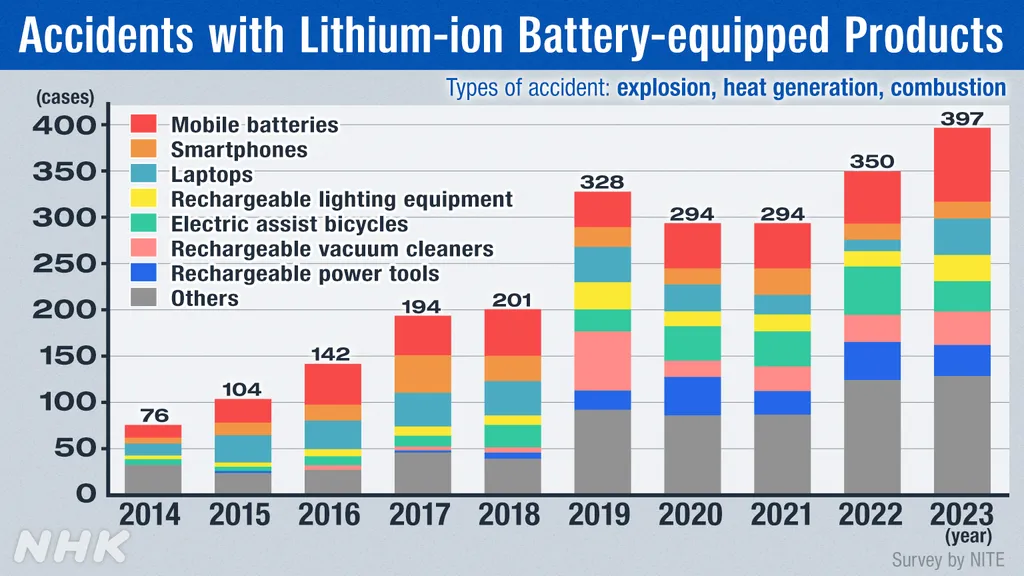In the quest for next-generation batteries, researchers are tackling a significant hurdle: the integration and reuse of experimental data from multiple institutions. A recent study, led by Yasuhiro Fujiwara of the National Institute for Materials Science (NIMS) in Ibaraki, Japan, has developed a unified data structure that could revolutionize how researchers manage and share data, particularly for solid electrolytes.
Solid electrolytes are a promising area of research for the energy sector, as they could enable safer, more efficient batteries. However, the diversity of data formats and items across different research institutions has made it difficult to integrate and jointly use experimental data. “Leveraging data from multiple research institutions is extremely challenging because the data formats and items differ, preventing their integration and joint use,” explains Fujiwara.
To address this issue, Fujiwara and his team proposed a data structure that meets three critical criteria: usability for researchers, commonality in data, and clarity for third parties. They decomposed each experimental process into ‘elementary process units’ and proposed a ‘process-chain’ data structure created by concatenating these units. This approach not only standardizes data collection but also makes it easier to share and reuse.
The team further streamlined data collection and management by adopting RDE, a cloud-based data acquisition system developed by NIMS. By linking the tabular format to the RDE format, they ensured that data collection and management were more efficient and less prone to errors.
The implications of this research are significant for the energy sector. A unified data structure could accelerate the development of next-generation batteries by enabling researchers to build on each other’s work more easily. This could lead to faster innovation and commercialization of new battery technologies, ultimately benefiting consumers and the environment.
Moreover, the proposed data structure is not limited to solid electrolytes. It can be applied to the management of experimental data for other materials, making it a useful cross-disciplinary method for accumulating material data. “The proposed data structure is not limited to solid electrolytes but can also be applied to the management of experimental data for other materials,” says Fujiwara.
The study was published in ‘Science and Technology of Advanced Materials: Methods’, which translates to ‘Science and Technology of Advanced Materials: Methods’ in English. This research could shape future developments in the field by providing a standardized approach to data management, fostering collaboration, and accelerating innovation. As the energy sector continues to evolve, the need for efficient data management and sharing will only grow, making this research all the more relevant and impactful.

